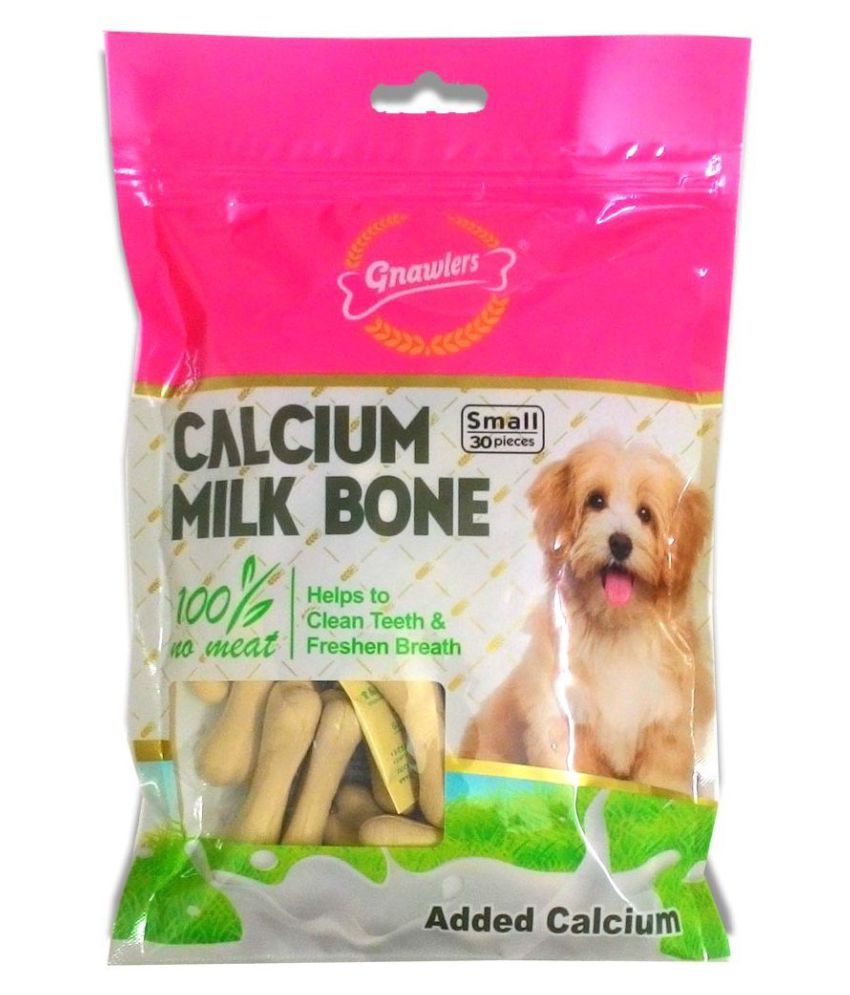Table of Content
If a routine blood test reveals low total calcium, the test should be repeated to confirm the result, especially if albumin levels are normal. The pet should be fasted for 12 hours beforehand but must have access to water. If the repeated value for total calcium is still low, then doing an ionized calcium test is recommended since it is the definitive test for measuring calcium levels. In some situations, your veterinarian may advise that your pet have the ionized calcium test after finding a low total calcium. In general, treatment for hypocalcemia in dogs depends on how severe the condition is and the underlying cause. For dogs with dangerously low calcium levels, vets may provide calcium-rich fluids intravenously until levels return to normal.

Anyway, it is important that you talk to a specialist so that he recommends the amount and type of food you should follow according to your own needs. One of the most reliable ways to know if your dog lacks calcium is in the direct observation of his body. If you see that it does not grow enough, that its bones look too thin or that it seems too thin. It is because it may be that it lacks calcium and that it has not been able to develop normally.
Seaweed Calcium
Treatment involves intravenous fluids and injections of calcium and other medications depending on physical examination and laboratory test results. Intravenous calcium must be administered very carefully and slowly otherwise it can cause severe lowering of the heart rate and arrhythmias. Some dogs will require anti-seizure drugs such as diazepam (Valium®) to control seizures and tetany. Oral calcium supplements (something as simple as Tums® may be recommended) and weaning the puppies as quickly as possible are typically required for follow-up care. If diagnosed and treated promptly, recovery from eclampsia is usually rapid and complete.

Calcium is a very important part of your dog’s diet, but if you feed your dog a healthy, balanced diet, there’s probably no need to add a calcium supplement to his routine. “Sweetie-pie, it has a lot of calcium in it, which is good for your bones and teeth. C’mon, now drink your milk.” Calcium – probably the first nutrient every kid hears and learns about, even before going to school.
Signs of Calcium Overdose in Dogs
The remaining calcium is mainly found in the blood and lymphatic system where it plays a role in hormone function, cell structure, enzyme activity, cardiovascular and immune function. In some conditions, vitamin D supplementation is necessary to increase calcium absorption from the intestines. There are three main preparations of vitamin D available, including vitamin D2 , dihydrotachysterol, and 1,25-dihydroxyvitamin D . The dosage and duration of response of these drugs depends on the form used. For dihydrotachysterol, initial loading dosages of 0.02–0.03 mg/kg/day are usually administered, with maintenance dosages of 0.01–0.02 mg/kg given every 24–48 hr.

However, this may not be possible if the kidneys are not in perfect working order, if there is too much calcium or if this has been going on for an extended period. This can be from obvious sources such as slug pellets, rat poison and household chemicals, but other poisoning can occur from medication and synthetic vitamin D. In cases with transitory hypocalcemia, the initial calcium therapy will generally resolve the problem. However, if the hypocalcemia was due to a serious health problem, it will need to be treated further to prevent future episodes. Hypocalcemia due to nutrition and parturition may also require further action. You may end up giving your dog too much calcium, which can cause problems like kidney stones, hip dysplasia, osteochondrosis and hypertrophic osteodystrophy in your dog.
Treatment
Radiation therapy is a specific type of cancer treatment used on tumors with low metastasis rates – confined to specific organs or parts of the body. The treatment destroys cancer cells using high-dose radiation or x-rays. Same as all other options, it is not universally fit for all types of tumors. Intratumoral injections for dog tumors are the latest solution for the treatment of mast cell tumors . They are efficient, non-invasive, and with minimal side effects. For example, mast cell tumors can enlarge and get smaller in no time – the large bump can turn into a small lump unexpectedly and then grow again.
Ideally your product should be third-party tested for metals and pesticides. Alternatively, look for calcium hydroxyapatite that’s third-party tested for safety. Make sure your bone meal comes from young animals and is tested low in lead, pesticides, herbicides and other heavy metals. The definitive treatment for hypocalcemia is to eliminate the underlying cause. Supportive measures, including the following, to restore normocalcemia can be administered pending the diagnosis.
Treatments For Hypocalcemia In Dogs
As the name suggests, intratumoral injections are administered directly into the tumor. Based on the dog, sedation may be required to prevent self-inflicted injuries. Tiglianol tiglate works by boosting the immune system and triggering tumor destruction. In a nutshell, the injection cuts off the tumor’s blood supply, and once the cancer cells are dead, it leaves a pocket or wound which heals afterward. Herbs should ideally be given twice a day for best results, so divide the daily dose in half and dose morning and night.
The mechanism of action is poorly understood, but ACV seems to work in human patients. Hemp seed oil is given orally – one teaspoon of hemp seed oil can be mixed with one pound of dog food and served as usual. Hemp industry is taking the pet care world by storm, and hemp seed oils are used for a variety of reasons – shrinking cancerous tumors is one of those reasons. The use of calcium chloride solution in the treatment of benign tumors is beneficial and non-invasive. CBD oil for dogs is a herbal remedy extracted from the leaves, flowers, and stalks of hemp plants .
Just like humans, dogs get calcium through the foods they consume. When the calcium deficiency is mild, many dogs will not have any symptoms. Calcium is important because it plays roles in bone growth, muscle contractions, and blood coagulation among other functions. When dogs have a calcium deficiency, they may suffer from a loss of muscle control, convulsions, or seizures. Thus, this is a serious medical condition that should be treated right away. The farther you stray from Mother Nature, the more can go wrong.
Ultimately, in untreated eclampsia, the dog will slip into a coma and die. The early signs of eclampsia generally include restlessness, panting, weakness, and stiffness in the muscles that can make the dog's walk wobbly. As the condition advances, the dog may experience increasing muscle stiffness or spasms that make the muscles twitch or jerk. The plant helps on several levels as it has strong anti-inflammatory features and helps remove harmful toxins. When talking about holistic ways of shrinking tumors, the use of chickweed in veterinary medicine definitely deserves a closer lookup. Both chamomile and dandelion are given to dogs in the form of tinctures.
Hypoparathyroidism is a metabolic disorder characterized by hypocalcemia and hyperphosphatemia and either transient or permanent PTH insufficiency. The spontaneous disorder is uncommon in dogs and rarely reported in cats. Iatrogenic injury or removal of the parathyroid glands during thyroidectomy for treatment of hyperthyroidism is the most common cause in cats.


No comments:
Post a Comment